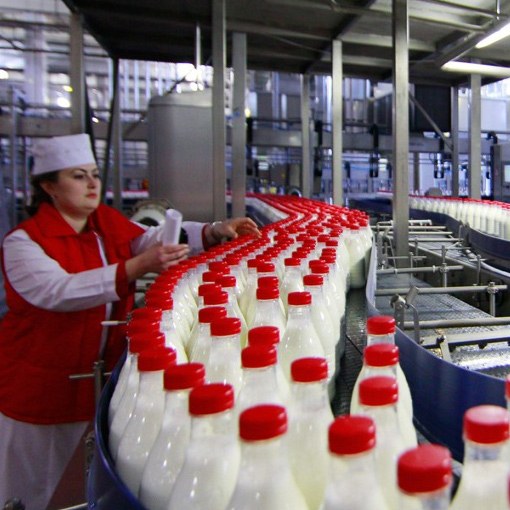Instruction
1
Reconstituted milk is milk to which was added water. After a few hours it is completely dissolved, and the resulting milk is filtered and packaged for sale.
2
Milk powder is obtained by drying the usual cow's milk. First, normalize the milk, then pasteurized and concentrated. After that condensed milk comes in a special dryer where it dries to a powder at a temperature of about 170 degrees.
3
During the high temperature drying in milk powder are formed of bioactive substances - oxysterol. They represent derivatives of cholesterol and can provoke the development of atherosclerosis. "Normal" oxysterol quite normal for the human body. But when drying milk formed atypical oxysterol, which play a key role in the occurrence of atherosclerosis.
4
That is why now in some countries reconstituted milk is prohibited for sale. Russia has a law prohibiting producers to call their products milk if they contain more than one percent of the dry milk mixture. Such products should be called "milk drink".
5
In other milk products reconstituted milk is used more actively. It is used in the manufacture of sour cream, yogurt, etc. This can significantly reduce the cost of production.
6
Producers warn that dry or cooked from it reconstituted milk in its qualities is no different from ordinary milk. But during heat treatment of milk not only changes the taste - it not only destroys nutrition, enzymes, beneficial microflora is destroyed.
7
Dry and reconstituted milk have one indisputable advantage - when exposed to high temperature they killed not only the microflora but also pathogenic bacteria. So powdered milk has a long shelf life. However, the heat treatment destroyed not all harmful microorganisms. In reconstituted milk, these bacteria begin to multiply again - sometimes it is enough to stand for several hours at room temperature.
8
The use of reconstituted milk, domestic producers account for seasonal fluctuations in the dairy industry. Milk enterprise comes not all the year round - the vast majority are produced in summer and autumn. Therefore, manufacturers may not completely abandon the use of powdered and reconstituted milk.
